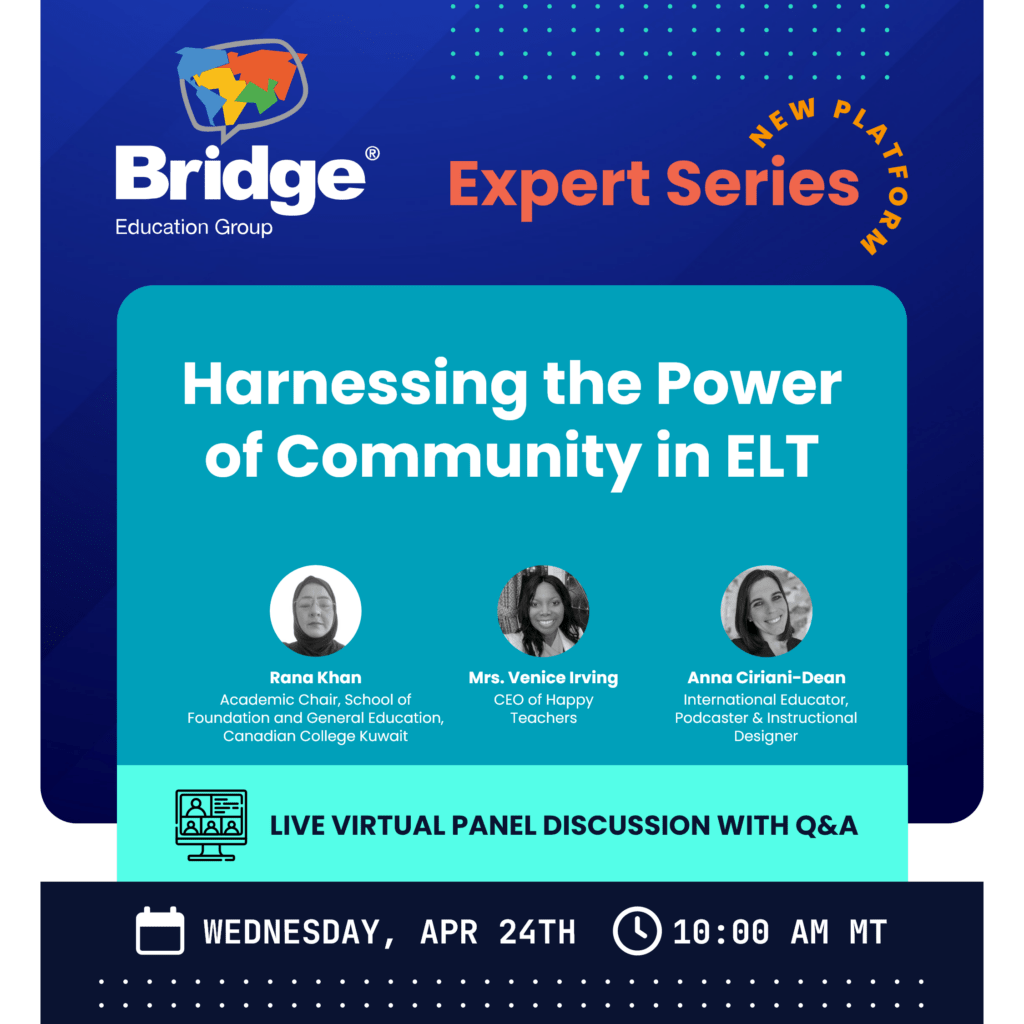The progressive aspect is not one that is common in all languages. If your students are not familiar with this concept in their native language, it may take some practice before they can grasp it. One idea for teaching the present progressive tense is to talk about the news. This is also a good opportunity to talk about media-related vocabulary.
After they are comfortable with several of the terms, demonstrate with a calendar that you read the newspaper every day. Now begin reading until someone interrupts, and then tell them that you are reading the newspaper (of course, sounding annoyed that they disturbed you!).
Now that the concept has been presented, you may want to write out the structure with a few other examples.
The newspaper will serve another purpose: pictures. Generally, when we describe a picture, we say what is happening using the progressive. However, this might be confusing for non-native speakers since the events actually happened in the past (even though the moment was captured in time).
Tell them to imagine they are in the picture, working as a TV news reporter who is live on the scene. Have one student play the news anchor who segues to each reporter. The reporters should be frantically describing what is happening around them. Divide larger classes up into groups of three or four and give them time to work out their scripts. This will give you time to walk around and listen for errors.
When all the groups have finished writing their scripts, allow them each to present. Be sure that after each group has finished you ask comprehension questions to the rest of the class. Keep them on their toes!
Many students enjoy talking about the news and current events. In fact, what is happening around the world or in their hometown is likely to be more interesting than what you find in a workbook. However, you should be careful to avoid any red button issues.







